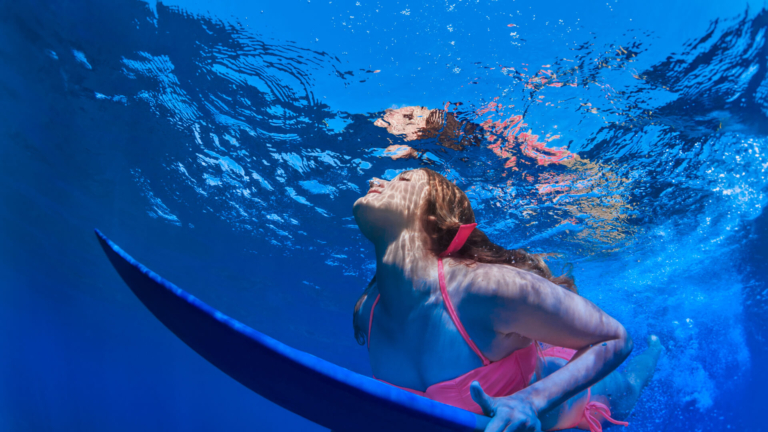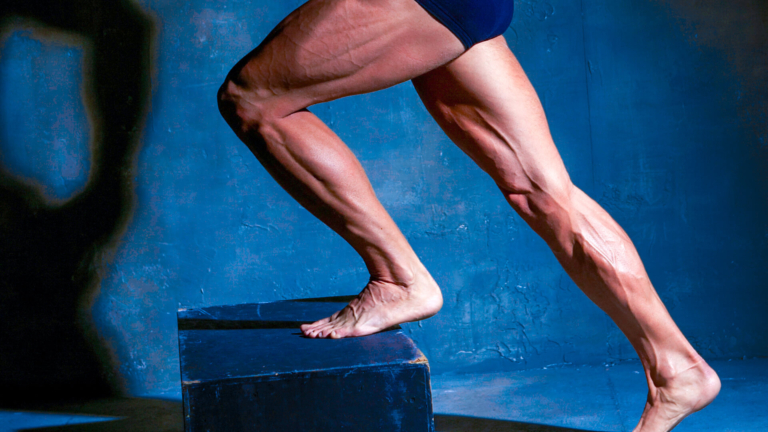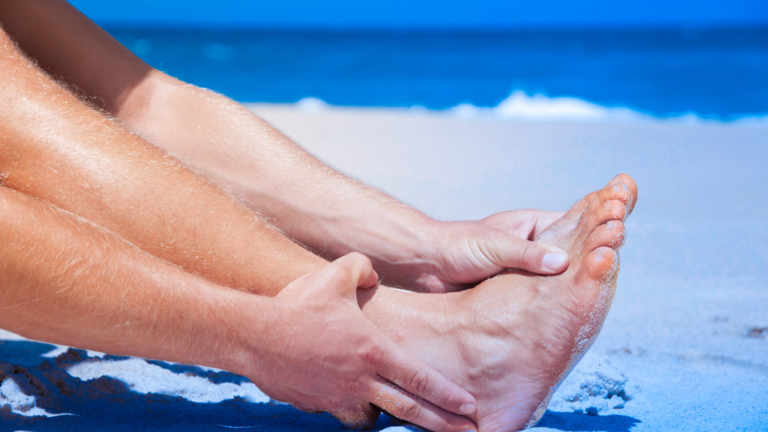Better Pull-ups: Improve Strength and Flexibility
Paddling Strength – Upper Body Strength – Better Pull-ups
Let’s talk about Better Pullups.
The commonly bastardized pull-up. I call them Golum pull-ups. Shoulders hunched up in the

ears, head jutting forward in a futile attempt to get the chin over the bar, rolled forward shoulders with tensed up pecs, spastically kicking your legs.
Is that gnarly movement what your pullup looks like? If so, that’s a problem, and a sign of some major underlying weaknesses and lack of mobility.
Clean it up. Your body deserves better. Your athleticism deserves better.
I look at the pullup as a fundamental strength movement. If you can really nail it, then you’ve got the strength and mobility to take your upper body training in a lot of fun , dynamic, and beneficial directions.
Most people however, frankly suck at the pull-up. This can change, it should change, and I’ll give you the direction to change it.
First, be very clear with this: No single exercise is suddenly going to catapult your ability to surf.
That’s where this whole notion of “surf fitness” becomes ridiculous. The key is to become a more capable human – stronger, faster, agile, flexible, powerful. You can do that through exercise (like the pullup), so that you can take those athletic attributes and apply them to your sport.
It’s like you’re giving yourself an athletic buffer, a foundation, so that you don’t impede your skill.
Back to the pullup. A perfectly executed pullup isn’t going to suddenly make you rip, but it is going to give you upper body strength, shoulder mobility, and scapular control that will carry over to a lot of things we need to be able to do in the surf.

A mobile (flexible) shoulder is essential for shoulder health and full range of motion when paddling. Being able to pull with strength and speed is a good thing when burst paddling for those steep take offs.
Being able to control your shoulder and scapula against applied resistance carries over to the incessant paddling you find yourself doing.
See how exercises can carry over to your time in the water?
It’s that athletic buffer I talked about, so your body is capable of doing what you want it to do, and your weakness or immobility isn’t impeding your skill in the water.
How to Do a Better Pull-up
First: You need the mobility.

Can you get your arms overhead without arching your back? It’s essentially looking at whether you can move your glenohumeral joint (shoulder) without changing the position of your spine and ribs. If you can’t, then you need to regain that mobility. Seriously.
Missing that range of motion is a major issue, and will very likely cause you some pain and injury in the future. For detailed insight into stretching and flexibility (this is MASSIVELY IMPORTANT for the older fellas)… check out my Full Stretching Program StretchesforSurfers
Passive hanging (shown in pullup video) will help to restore range of motion, but you need to go at it slowly. This is especially true if you’ve had some shoulder injuries.
You’ll also probably need to supplement this with some other upper body flexibility work. Here’s a few things you could work on for Upper Body Mobility / Flexibility.
Second: You need scapular control and awareness.
Can you hang actively? Most people don’t even have the body awareness to depress their scapula, which means to pull the shoulder blade down the ribs. Not together necessarily, but down. That’s what the active hang is working on, that control and awareness. For a lot of clients I have to get them to work in this movement with just their body first, NOT hanging from a bar.
Can you stand there with your arms overhead and move your shoulder blades (scapula) up and down? Just moving at the scapula, not bending the arms, not moving the head, moving only the scapula. If not, then there is no way you can do it under load, hanging from a bar. You need to gain that movement awareness, and then get strong in that range.
Third: Top end control.

Most of you reading this will be lacking the strength at the top position. This leads to that disgustingly graphic explanation of the pullup that this article started with… the Golum Pull-up.
You roll the shoulders forward closing the chest, hike the shoulders up to the ears with the upper traps, drive the chin and neck forward, and kook your pullup.
Don’t be a pullup kook. Work on being strong and efficient at that top position. Jump yourself up there if you need to, and just hold the position with PERFECT form for 5-10-30 seconds. Build to 30 over time.
Slowly release to the bottom position, with control and form. You can also switch the hand position from what I show in the video to a supinated grip (palms facing the body).
That will be an easier position for most of you to hold. Key Form Points : Shoulders pulled down , staying tight in the lats (armpits), shoulders squeezed back, chest / sternum being driven to the ceiling.
Fourth: Skill.
In my opinion, all strength movements need to be looked at as skill acquisition at first. This really applies to any and all exercises. The initial goal should be skill, to become efficient at the movement and its execution.
Just get really damn good at it. Groove the pattern. Once you have the skill of it mastered, then you can throw some volume onto it (more repetition).
Modern fitness generally does away with the skill, and just throws a ton of volume at people that can’t move well, so injury ensues.
Exercise shouldn’t be an injury risk, but the way it is standardly practiced, it unfortunately is a risk. Go at it with an intent to move well, and practice the skill. Then pile on the volume.
Fifth: Expand.
When you nail the skill, start to build volume, more repetitions. Then you can begin to work on speed with speed pulls. Develop strength by holding a weight between your feet, or a weight belt, or a vest.
Increase the complexity by working on pulling drills with olympic rings. Get even more dynamic and complex by integrating lever work, skin the cats, or one arm pullups.
Basic strength & control, then skill, then volume, then complexity. That’s the process.
That’s really the formula for all exercises.
Get the fundamentals dialed in!
Most of you need basic fundamentals of movement. Squats, lunges, pull ups, pushups, rotational work, bending patterns like deadlifts and kettle bell swings, those are just some of the basics.
Get the skill of these movements sorted out, so you can eventually get into complexity, and start doing the fancy training you see on social media.
I do have to say, there’s a lot of fancy “surf-fitness” that is absolutely utter bullshit and just exemplifies the ridiculousness of the fitness industry. Rant over.
Learn to do a good pull-up. It’s not going to incredibly change your surfing, but it is going to increase your athletic buffer and upper body strength.
Are you looking to Improve your Strength, Power, & Flexibility?
Do you want to Improve your Training, or get Out of Pain so you can Stay in the Ocean? Enter your email below for a Free Training Program, .. I’ll also send you my Best Articles and Videos. . Enter Your Email!







